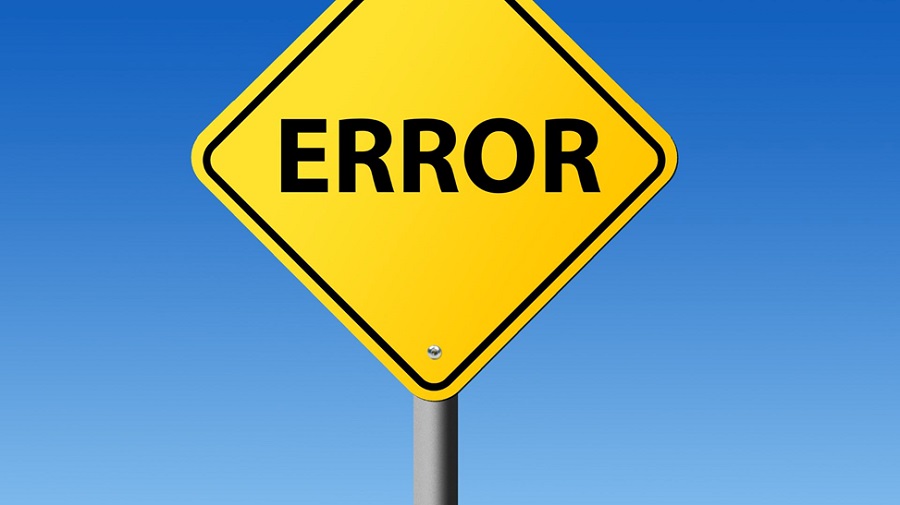A well-ventilated workspace is essential for maintaining good health and productivity in today’s fast-paced world. High Volume Low-Speed (HVLS) fans offer an efficient way to circulate air and provide a comfortable environment in commercial and industrial settings. However, improper installation can compromise their performance and even render your fan system ineffective. Below are some common HVLS fan installation mistakes and how you can avoid them.
1. Choosing the Wrong Fan Size
One of the most common mistakes is choosing an inappropriate fan size for your space. Installing a fan that’s too small will not provide adequate air circulation, while a fan that’s too large can potentially cause structural issues. To make the right choice, consult with an expert in HVLS fans and ensure an appropriate fan-to-space ratio for optimal performance.
2. Inadequate Structural Support
HVLS fans can generate a significant amount of weight and torque when in motion. Therefore, it is crucial to ensure that your facility’s structural support can handle the fan load. Insufficient support may lead to fan vibrations, produce noise, decrease fan lifespan, and in extreme cases, even cause the fan to fall. Consult with a qualified engineer to guarantee that your building structure can safely support the fan.
3. Incorrect Fan Placement
Incorrect fan placement can adversely affect the fan’s performance, resulting in uneven airflow, air stagnation, and temperature gradients. When installing multiple fans, consider factors such as coverage area, ceiling height, and the arrangement of large obstructions in the space, like machinery or equipment. Optimal fan placement ensures uniform airflow and maximizes fan efficiency, ultimately saving energy costs.
4. Neglecting Safety Guidelines
Failing to adhere to safety guidelines during HVLS fan installation can lead to accidents, damage, and potential legal liabilities. It’s essential to follow the manufacturer’s instructions and local safety regulations, including proper handling of electrical components, use of Personal Protective Equipment (PPE), and safe operating procedures. Regular maintenance checks are critical for ensuring the ongoing safety and efficiency of your HVLS fan system.
5. Attempting DIY Installation
While it might be tempting to save on costs by installing the HVLS fan yourself, it’s essential to understand that improper installation can lead to numerous issues and even pose safety hazards. Engage with a trained, professional technician for HVLS fan installations in order to ensure proper installation, guarantee a safe working environment, and achieve optimal system performance.
Conclusion
Taking the necessary precautions during HVLS fan installations can make all the difference in ensuring the safety and efficiency of the system. By avoiding these common mistakes and enlisting the help of professionals, you can make an informed decision for your business and optimize your workspace’s air quality and temperature.

